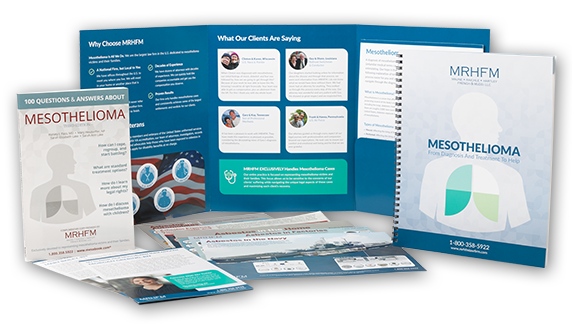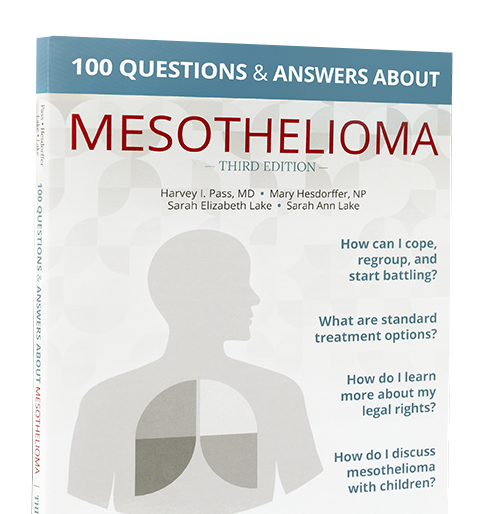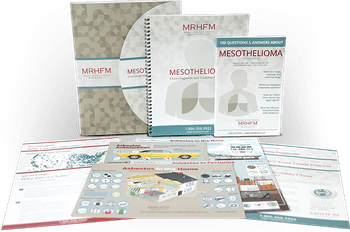Throughout the 20th century, tons of asbestos were mined in our country and put in thousands of everyday products. Asbestos was very inexpensive and was used as filler in many different products throughout many different industries. For example, asbestos was widely used in steel mill machinery and insulation materials.
There are a number of different jobs where workers were exposed to a large amount of asbestos on a very frequent basis. People who have worked in the iron and steel industries may have an increased risk of developing mesothelioma cancer due to asbestos exposure on the jobsite.
Iron and steel workers can be found in industrial plants, construction sites, and shipyards working to fabricate metals, install beams and columns, reinforce concrete and install frames and more. In each of these many settings, iron and steel workers were commonly exposed to asbestos.
Metal workers working on structures built prior to asbestos regulations are at increased risk of developing mesothelioma cancer.
Steel mill workers such as casters, millwrights, furnace operators and welders often came into contact with asbestos-containing materials because of the extreme heat required in the steel mill. Asbestos was a desirable material for these applications the affordable mineral was very strong, durable, and resistant to heat and flame. Asbestos fillers were often added to components of the machinery used and asbestos insulation boards were commonly used on steel molds. During repair of machinery and replacement of asbestos insulation, steel mill workers risked inhaling asbestos dust found throughout the plant. When inhaled or ingested, asbestos fibers can cause damage and inflammation to organ tissues that may eventually develop into mesothelioma cancer.
Those metal workers on construction sites and shipyards also risked exposure to asbestos dust. While working to install beams, reinforce cement, and created structural framework, iron and steel workers worked with cement containing asbestos fillers and metals that were coated with asbestos insulation because of its fire resistance. When metals were hit together, or damaged requiring repair and reapplication of asbestos insulation, these metal workers were also exposed to asbestos dust. Additionally, asbestos was used in a wide variety of building materials putting workers who may not have directly handled asbestos materials at risk of exposure to asbestos fibers created by other tradesmen on jobsites.
Secondary exposure to these steel and iron workers often came from the clothing worn to protect them. Many metal workers wore heat resistant, protective clothing around high heat applications that was made of asbestos woven fabrics. These articles of clothing when worn and frayed released asbestos fibers as well.
Unfortunately, millions of people have been exposed to asbestos over the years. Only now are we able to see the disastrous effects of asbestos exposure in the workplace. Generally, it takes 10 to 60 years from the time of asbestos exposure until symptoms appear or mesothelioma is diagnosed.
Many of the companies have established trust funds to pay compensation to persons injured by asbestos.
If you have mesothelioma, or other asbestos-related injury, and wish to consult an attorney about your legal rights to compensation, CLICK HERE for a free consultation.





